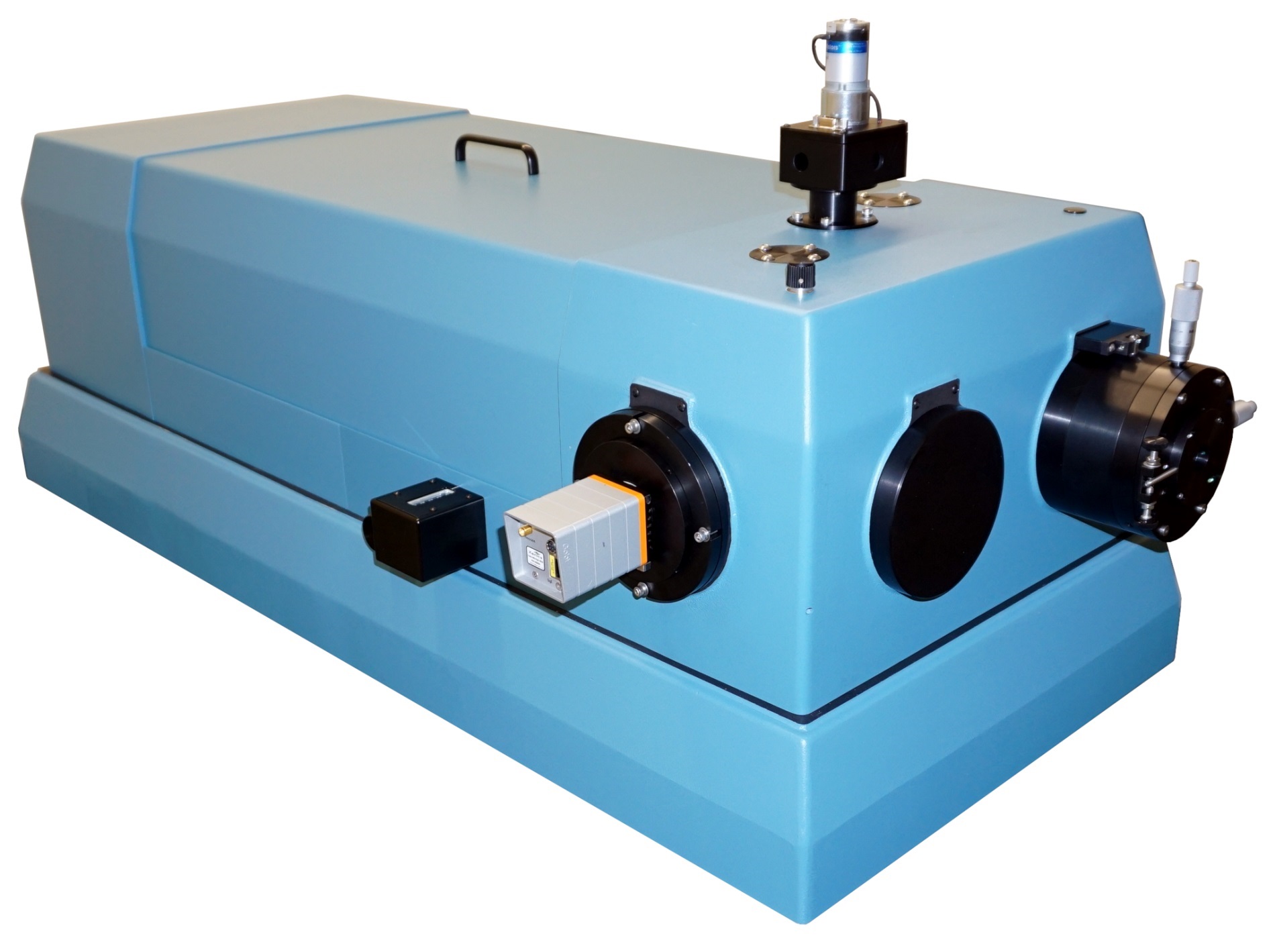April 28, 2020
New sensor compatibility expands the range of wavelengths where McPherson spectrometers detect mid- and long-wave infrared light; increasing utility for spectroscopy and imaging applications in chemistry, biology, aerospace and defense.
Infrared spectrometers provide spectroscopic capability to interrogate the feature-rich region of long-wave infrared. Long-Wave Infrared (LWIR) refers to multi-spectral data collected in the 8 to 14 µm wavelength range. McPherson’s dispersive spectrometers are now easier to use in the IR because devices, like uncooled bolometer arrays, readily couple to the exit focal plane.
McPherson dispersive spectrometers measure and tune specific wavelengths of light. They are delivered with diffraction gratings selected for your application. Grating groove density and optimum blaze wavelengths range from ultraviolet and visible wavelengths 0.2 up to 20 microns long-wave infrared (LWIR). Gold, silver and other optical coatings enhance performance in the IR. They also now provide ample, accessible space and a mechanically robust platform for mounting infrared arrays.
Pictured here, a bolometer array IR digital camera mounted on a one meter focal length McPherson spectrometer. This array can sort fifty infrared bands simultaneously when properly mounted on the one meter spectrometer. More sensitive applications use infrared cameras with thermoelectric or cryogenic cooling. These are larger devices, often with sensors deep inside a cryostat in order to reduce noise. These may also be adapted with optical precision to the McPherson spectrometer for spectral (imaging) applications.
IR spectroscopy is important to many field of study. For example, it is used for chemical and mineralogical characterization. Use it to sort white powders like painkillers, stimulants and sugars in pharma, to forensic analysis of geologic trace evidence (dirt). Food safety and biologic analysis also relies on infrared. It is a nondestructive method to diagnosis and monitoring body fluids, cells, and tissues, to analyze kidney stones, nails, and fats. Furthermore, night vision devices, combustion, lasers and their respective countermeasures all have very specific spectral signatures. The warmth of a human body is a source of light, detectable at about ten micron wavelength. Knowing and specifying the optical and light sensing characteristics of detectors and light-sources contribute to a body of knowledge that enhance modern border security, improve safety and deliver more effective intelligence.















